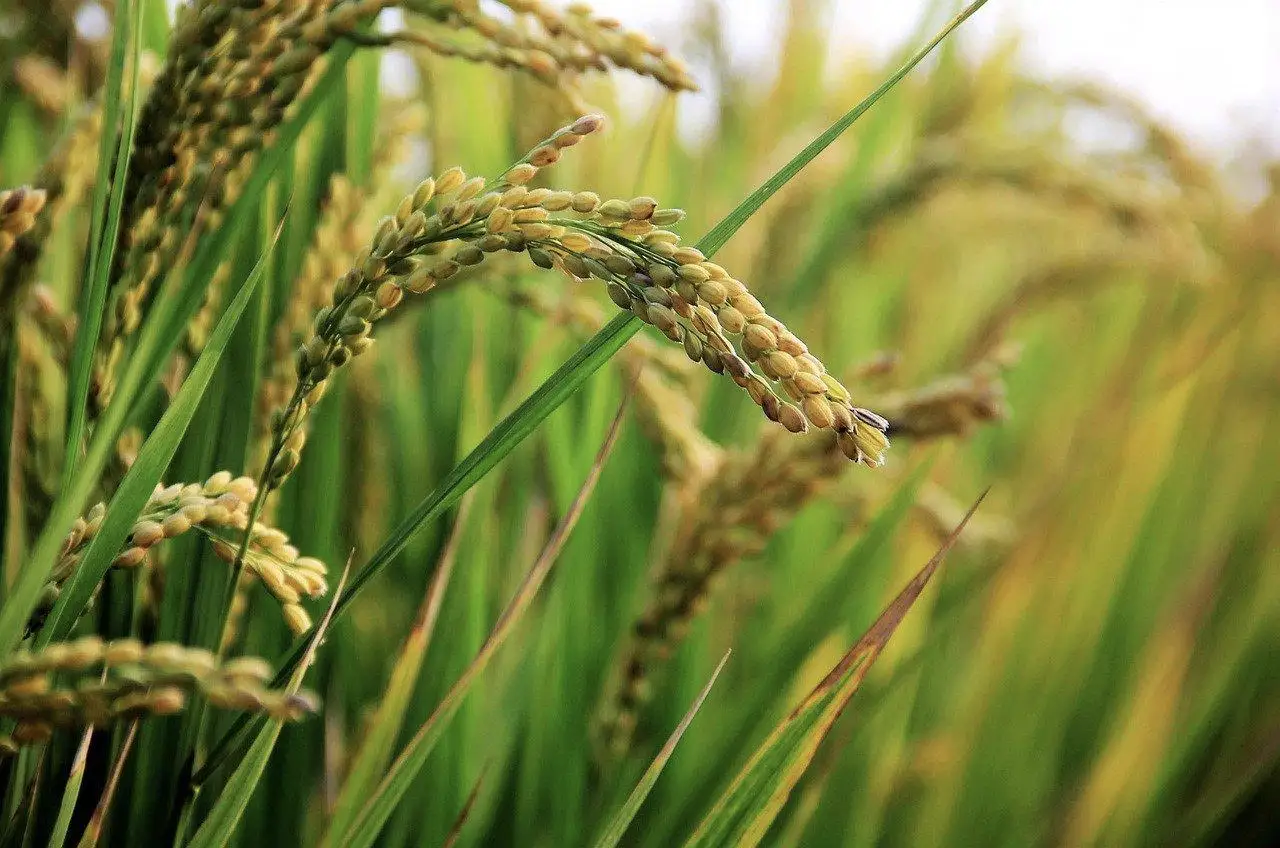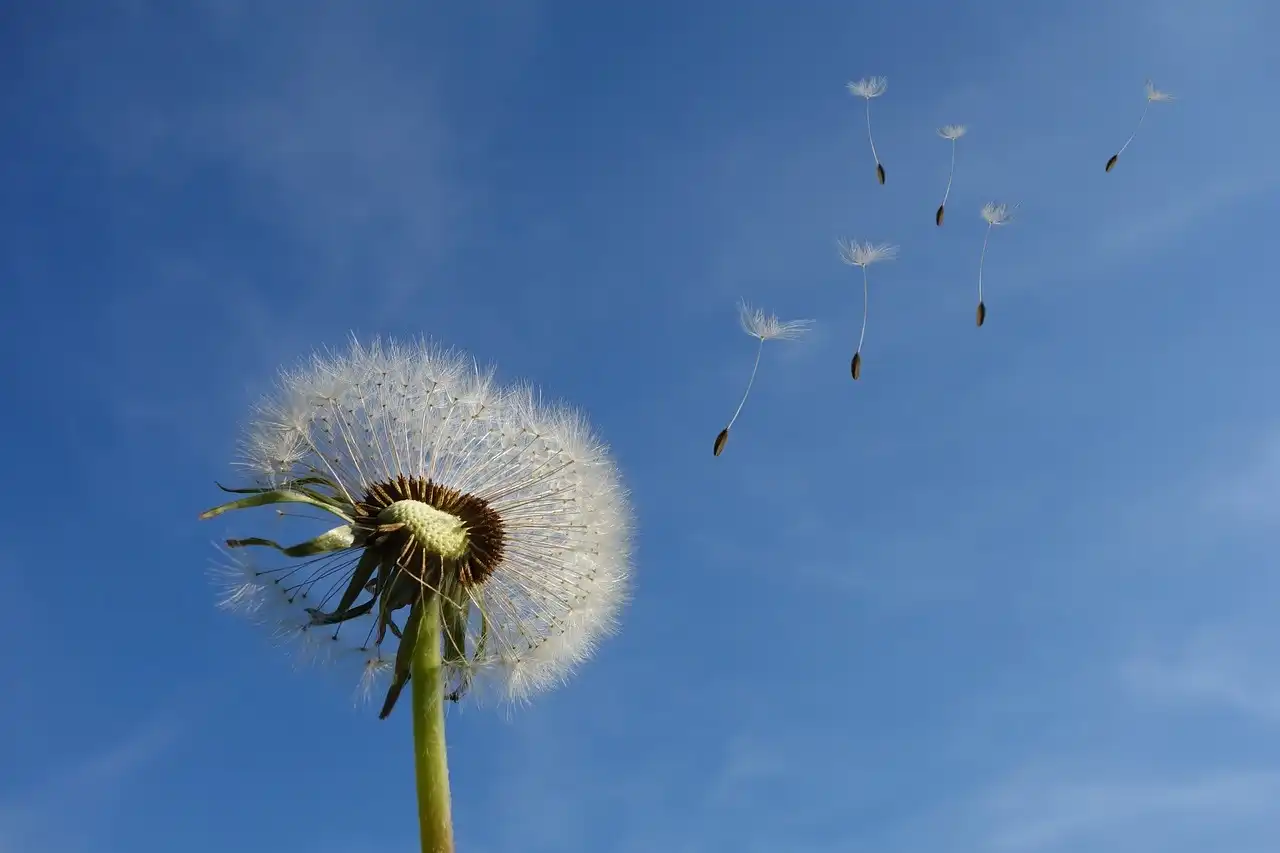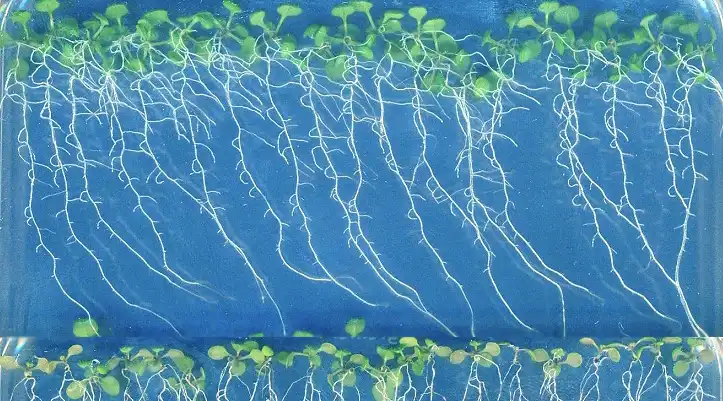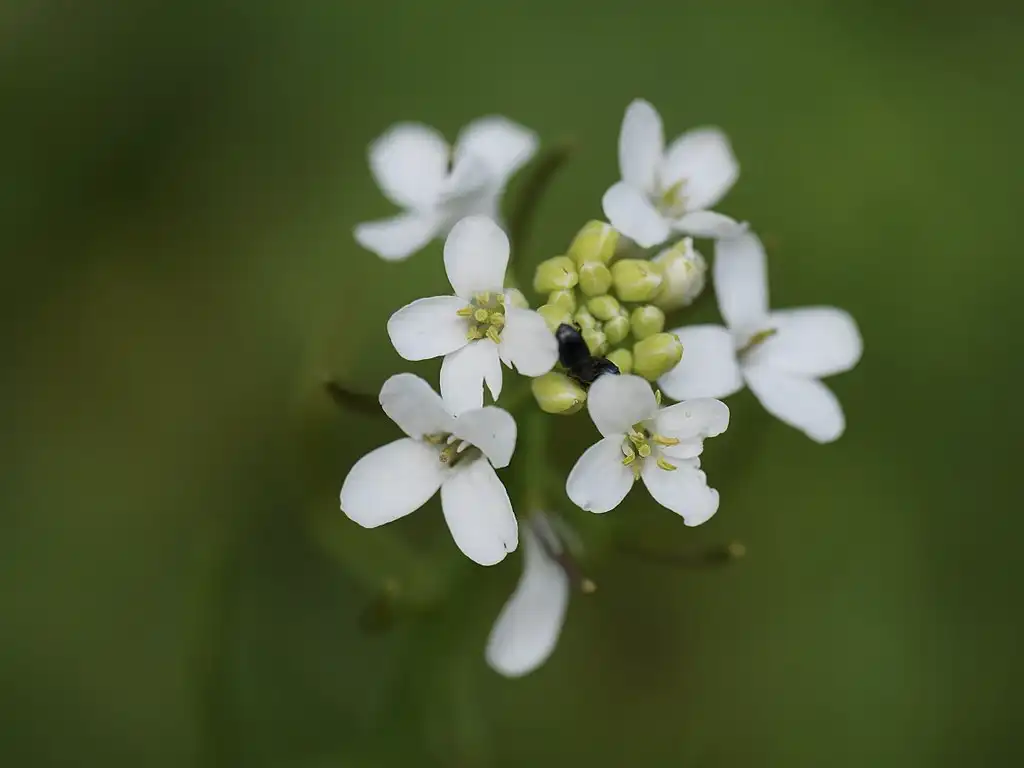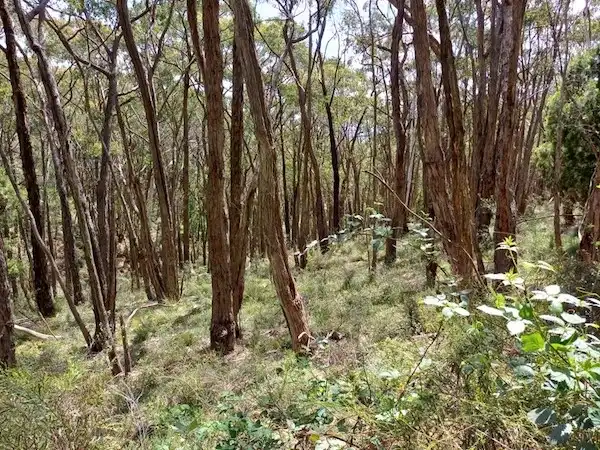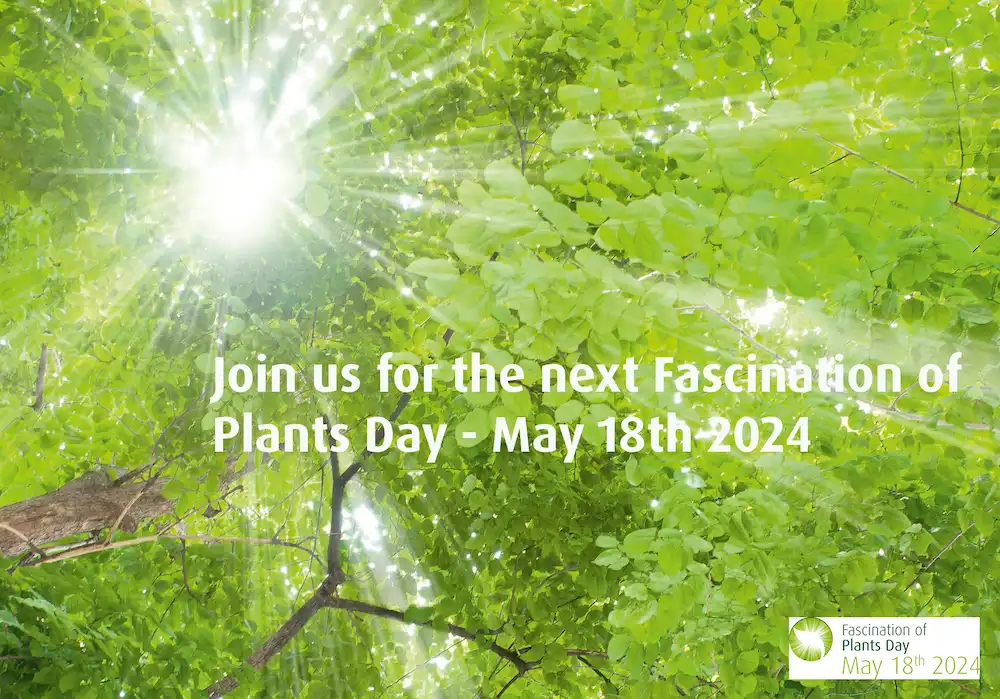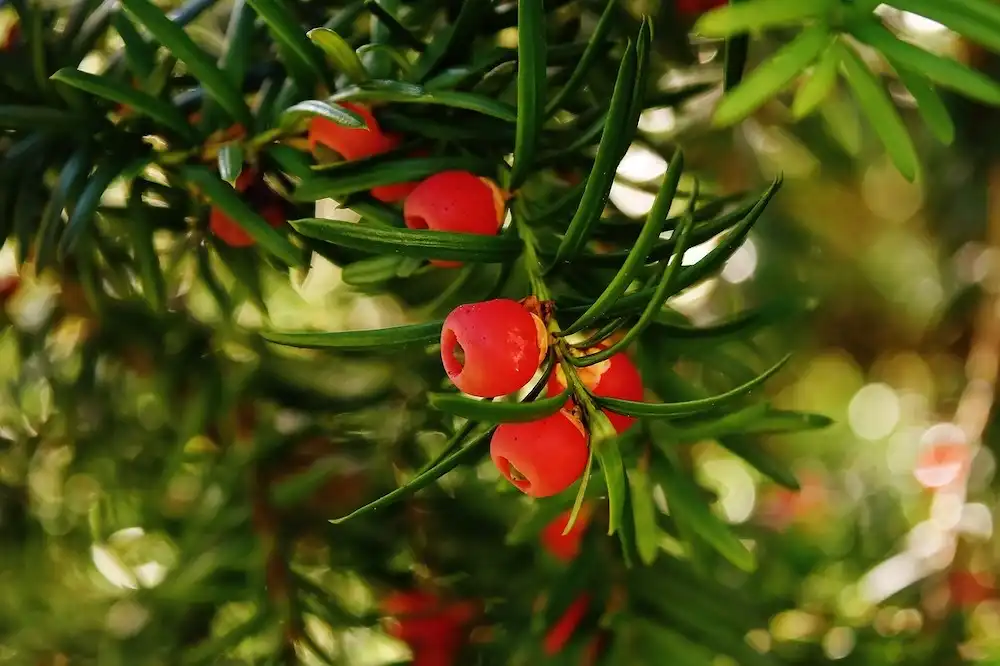
Part of modern cancer therapy is the use of chemicals that kill the tumor. Unfortunately, these chemicals are often very complex, difficult to obtain and thus expensive. Researchers have unravelled the biosynthetic pathway of paclitaxel in Yew plants. This discovery might facilitate the production of this very complex molecule which is currently produced with great efforts and high costs.



